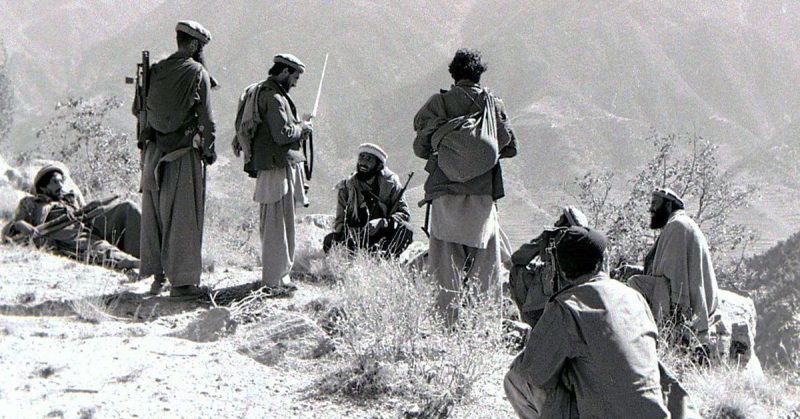On April 26, 1985, an uprising of Soviet and Afghan prisoners of war took place in the Badaber military camp. The result of the uprising was the complete destruction of the camp and a large number of victims.
The territory of the Badaber camp and the military base covered about 2 square miles. Inside there were six warehouses containing weapons and ammunition, three prisons and barracks for mujahedeen and foreign instructors. During 1983-1984, Soviet and Afghan prisoners of war captured in Panjshir and Karabagh were brought to the camp.
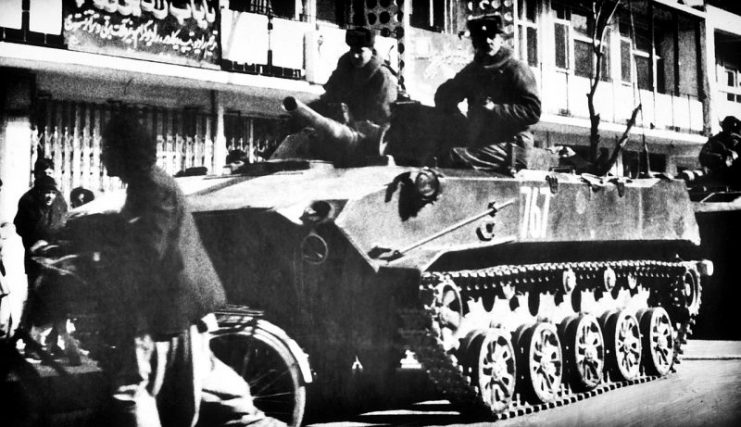
Prior to this period, they were kept in specially equipped “zindans” (a traditional underground prison-dungeon in Central Asia). According to various sources, about 40 Afghan and 14 Soviet prisoners of war were held in Badaber.
During the imprisonment of “shuravi” (Soviet prisoners of war), it was forbidden to communicate with Afghan prisoners of war. Soviet soldiers were used as a workforce in the quarry. Sometimes prisoners were kept in sheds together with cattle. For faults, prisoners were punished by beatings with a whip tipped with lead. Simultaneously, the Mujahedeen conducted ideological work – they encouraged the prisoners to convert to Islam.
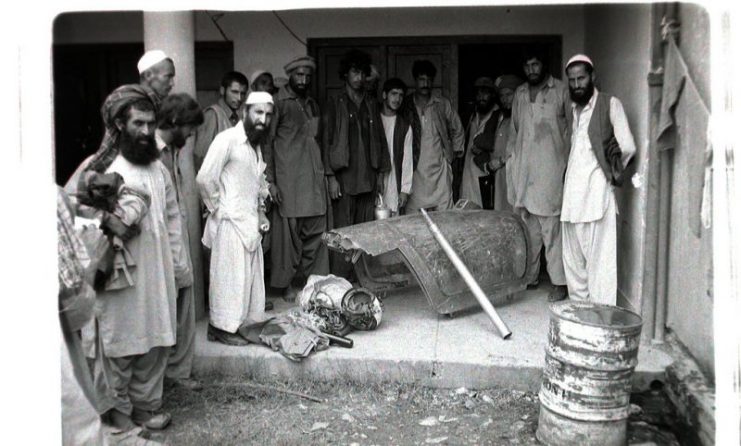
The instigators of the uprising were two people, Nikolai Shevchenko and Viktor Dukhovchenko. They planned to seize a warehouse with weapons in the camp and demand a meeting with representatives of the Soviet or Afghan embassies in Islamabad. All prisoners of war were aware of the degree of risk, but they did not want to put up with the situation anymore. However, there are other versions of what the Soviet captives wanted to achieve.
From a report to the Chief Military Adviser in Afghanistan, Army General Salamanov from Colonel Tarasov on May 25, 1985:
“… On April 26, at 21:00, when the entire staff of the training center (Badaber) was on the parade ground for the performance of prayer, the former Soviet technicians neutralized six sentries at the artillery warehouses on the watchtower and freed all the prisoners. They failed to achieve their plan because one of the Soviet military men named Mohammed Islam at the time of the uprising went over to the side of the Mujahedeen. At 23:00, on the order of B. Rabbani, the regiment of rebels Khaled-ibn-Walid was alerted, and the positions of the prisoners were surrounded …”
Burhanuddin Rabbani (the leader of the Islamic Society of Afghanistan party) arrived at the base and demanded that Soviet prisoners of war put down their weapons and surrender.
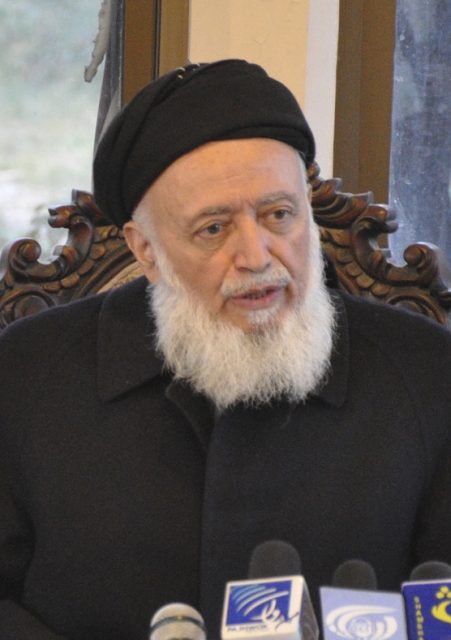
Recollection of Ghulam Rasul, in 1985 – commander of the training company in the camp Badaber:
“There was a powerful explosion. The rockets exploded and scattered in different directions … What I saw at the site of the explosion … it was the fingers on one side, the hand in another place, and the ears in the third. We could only find the body of Kinet and the half of the body of another prisoner, which was torn off and thrown aside. Everything else was torn to pieces, and we could not find anything whole…»
The rebellious prisoners of war provided strong resistance through the night. During the battle, the explosion of a grenade almost killed Rabbani.
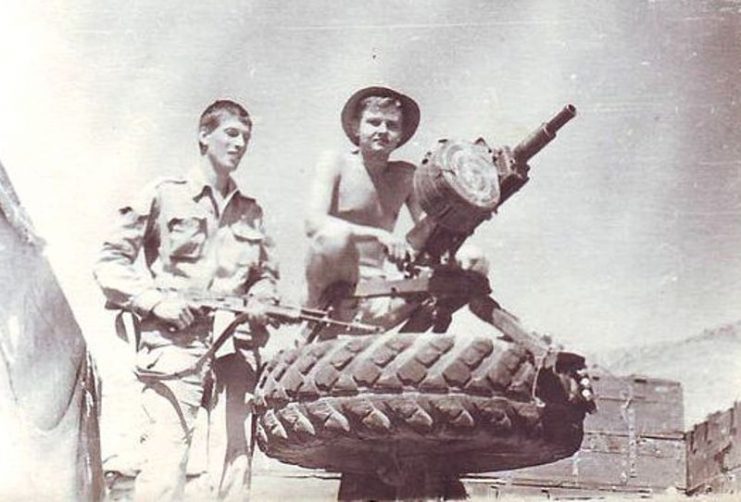
From a report to the Chief Military Adviser in Afghanistan, Army General Salamanov from Colonel Tarasov on May 25, 1985:
“… The IAO leader suggested that they surrender, to which the rebels responded with a categorical refusal. They demanded the extradition of an escaped soldier and to call representatives of the Soviet or Afghan embassies in Badaber. Rabbani and his advisers decided to blow up the weapons stores and destroy the rebels in this way. At 8:00 on April 27 Rabbani ordered to open fire. In the assault, in addition to the rebels, artillery units and combat helicopters of the Pakistani armed forces participated. After several artillery salvos, the ammunition depots exploded. As a result of the explosion, 12 former Soviet servicemen were killed…”
There are three versions of what happened. According to Burhanuddin Rabbani, the warehouse exploded because of a direct hit by an RPG shot. According to the second version, the detonation of the arsenal was caused by the fire from the artillery of the Pakistani army. According to the third version, surviving prisoners of war, seeing their desperate situation, blew themselves up in the warehouse.
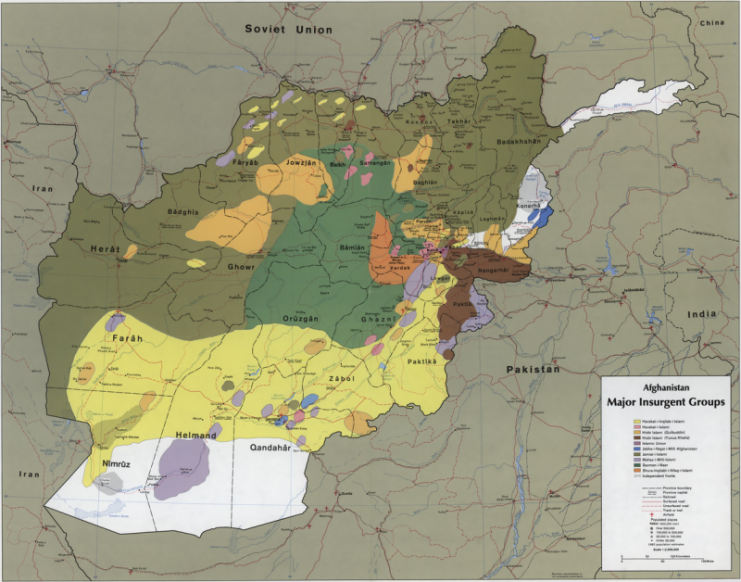
From the reports of the American consulate in Peshawar to the US State Department on April 28 and 29, 1985:
“The territory of the camp in the area of a square mile was covered with a layer of fragments of shells, rockets, and grenades, and local people found human remains at a distance of up to 4 miles from the site of the explosion … In the camp, Badaber contained 14-15 Soviet soldiers, two of whom managed to stay alive after the uprising was suppressed …”
From the report of the Aerospace Service Center, April 28, 1985:
“According to the aerospace service, in the North Western Frontier Province of Pakistan, the camp for training the mujahedeen Badaber was destroyed by an explosion of great strength. The size of the funnel on the image obtained from the communication satellite reached 80 meters.”
According to the documents of the General Staff of the USSR Armed Forces, about 120 Afghan Mujahedeen and refugees were killed during the uprising. Among the dead, 6 American advisors, a number of foreign experts and 13 officers of the Pakistani authorities are listed.
As a result of the explosion, the Badaber base was completely destroyed. The loss of weapons comprised of 3 Grad rocket systems, more than 2 million cartridges, about 40 guns, mortars and machine guns, and about 2,000 rockets and shells of various types. Along with the base, many important documents were destroyed.
According to Burhanuddin Rabbani, 20 Mujahedeen were killed.
Initially, the authorities of Pakistan denied involvement in these actions. Access to Badaber was closed to journalists and diplomats. The whole picture of what happened was clarified only after the collapse of the USSR. Many public figures and journalists tried to find out the details of what happened through the eyewitnesses of the events.
The Foreign Ministry and the Foreign Intelligence Service of the Russian Federation played their role in this and the US Department of State provided some information.
